Opinion
Canada’s Financial Freefall: When Rosy Rhetoric Meets Hard Reality
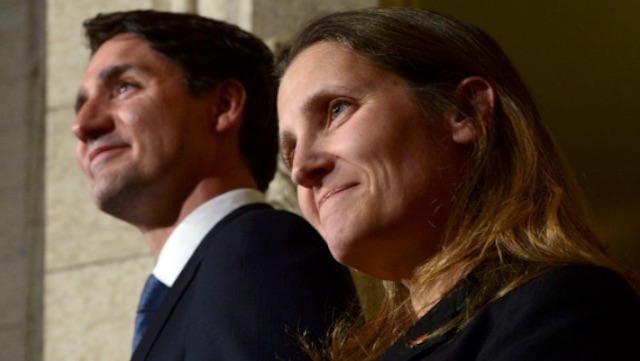
|
|
|
|
This article is from The Opposition With Dan Knight substack.
The Trudeau Government’s Economic Alchemy: Turning Gold Hopes Into Lead Numbers
Good morning, my fellow Canadians. It’s September 3, 2023, and if you’re expecting to wake up to a bright, financially secure Canada, well, I have some sobering news for you. The latest figures from Statistics Canada are in, and they confirm what many of us have suspected: the Canadian economy is not on the up-and-up. Despite the rosy pictures painted by Prime Minister Justin Trudeau and Finance Minster Chrystia Freeland, the real numbers don’t lie, and they point to an economic landscape in turmoil. Allow me to break it down for you.
The new Statistics Canada data is in, and it paints a rather bleak picture of the Canadian economy under the watchful eyes of the federal government and Justin Trudeau. Let’s delve into some numbers, shall we? A staggering $16.5 billion in debt was added by Canadian households in the first quarter of this year alone, with $11.2 billion being in mortgage debt. In an environment of 5% interest rates, a rate we haven’t seen for over a decade, this is a financial bomb waiting to explode.
And let’s not forget inflation. Since 2021, we’ve seen a cumulative inflation rate of around 16.5%. Now, remember, these aren’t just abstract numbers on a ledger somewhere; these are realities hitting your grocery bills, your gas prices, your rents, and slowly emptying your wallets. But it’s not just households feeling the pinch. The economy as a whole is stalling, with real GDP nearly unchanged in the second quarter of 2023, following a measly 0.6% rise in the first quarter.
Amidst all this, Justin Trudeau and the federal government seem content piling on debt like there’s no tomorrow. The Parliamentary Budget Officer’s March 2023 report shows Canada’s deficit is expected to rise to $43.1 billion in 2023-24, up from $36.5 billion in 2022-23. And let’s not forget that 1 out of every 5 dollars in this debt spree didn’t even exist pre-pandemic. Essentially, we’re spending money we don’t have, to solve problems we’re not solving, all while making new ones.
So, where has all this spending gone? Not into securing a robust future for Canadians, I can tell you that. Despite the monumental deficits and the reckless spending, housing investment fell 2.1% in the second quarter,marking its fifth consecutive quarterly decrease. Canadians are struggling to make ends meet, and the government’s financial imprudence is exacerbating, not alleviating, the situation.
But here’s a twist to the story: while investments in housing decline, Justin Trudeau decided it was prime time to open the floodgates of immigration. There’s an aspect of governance called planning, something that seems foreign to this administration. How does one justify allowing over a million immigrants into Canada without even hinting at a solution for housing them? The result is basic economics – demand outstrips supply, and prices soar.
Remember the days before Trudeau’s reign, when the average home in Canada cost around $400,000? Eight years under his watch and that figure has doubled. Trudeau’s policies seem like a cruel jest to young families, professionals, and, frankly, anyone aspiring to own a piece of the Canadian dream. It’s almost as if he expected the housing market to “balance itself”.
And before you think this is just a ‘rough patch,’ let me remind you that household spending is also slowing. So not only are Canadians going into debt, but they’re also cutting back on spending. They’re being hit from both sides, and there’s no end in sight. The government’s promises of prosperity seem increasingly hollow when we see that per capita household spending has declined in three of the last four quarters.
The Trudeau administration’s approach to governing appears to be in a parallel universe, one where debt is limitless, and financial responsibilities are for the next government or even the next generation to sort out. And don’t even get me started on the higher taxes lurking around the corner to pay off this bonanza of spending. This isn’t governance; it’s financial negligence.
When Canadians were told that this level of inflationary spending could turn our country into something akin to Venezuela, many scoffed at the idea. But let’s face it: the signs are becoming hard to ignore. The truth is, many Canadians have been led to believe they can have gold-plated social services without paying an ounce of gold in taxes. Prime Minister Justin Trudeau seemed more than happy to sell that narrative. He promised a utopia, a social safety net woven from dreams and aspirations. But what has that net caught? Rising costs, crippling debt, and a harder life for everyday Canadians.
Trudeau has turned out to be less a responsible steward of the economy and more of a Pied Piper, leading us all off a fiscal cliff while playing a cheerful tune. Or perhaps he’s more like the Cheshire Cat from “Alice in Wonderland,” grinning broadly as he disappears, leaving behind only his grin and a trail of false promises.
As we approach the pivotal year of 2025, don’t forget who sold you this bill of goods. Remember the skyrocketing costs of living, the unmanageable debt, and the empty words that were supposed to make everything better. I, for one, certainly won’t forget. And I suspect, come election time, neither will you.
Click here to see more from The Opposition with Dan Knight.
For the full experience, upgrade your subscription.
Business
Taxing food is like slapping a surcharge on hunger. It needs to end
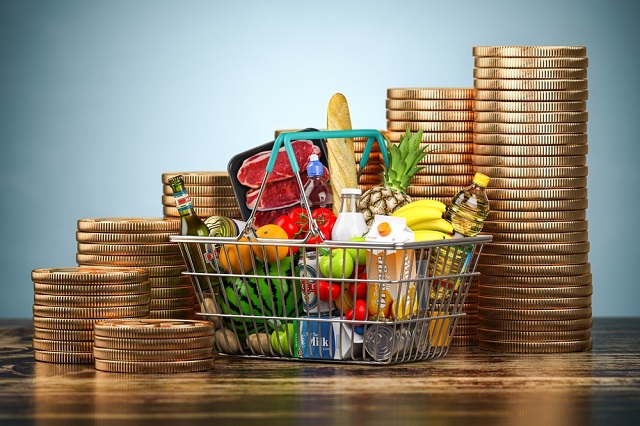
This article supplied by Troy Media.
Cutting the food tax is one clear way to ease the cost-of-living crisis for Canadians
About a year ago, Canada experimented with something rare in federal policymaking: a temporary GST holiday on prepared foods.
It was short-lived and poorly communicated, yet Canadians noticed it immediately. One of the most unavoidable expenses in daily life—food—became marginally less costly.
Families felt a modest but genuine reprieve. Restaurants saw a bump in customer traffic. For a brief moment, Canadians experienced what it feels like when government steps back from taxing something as basic as eating.
Then the tax returned with opportunistic pricing, restoring a policy that quietly but reliably makes the cost of living more expensive for everyone.
In many ways, the temporary GST cut was worse than doing nothing. It opened the door for industry to adjust prices upward while consumers were distracted by the tax relief. That dynamic helped push our food inflation rate from minus 0.6 per cent in January to almost four per cent later in the year. By tinkering with taxes rather than addressing the structural flaws in the system, policymakers unintentionally fuelled volatility. Instead of experimenting with temporary fixes, it is time to confront the obvious: Canada should stop taxing food altogether.
Start with grocery stores. Many Canadians believe food is not taxed at retail, but that assumption is wrong. While “basic groceries” are zero-rated, a vast range of everyday food products are taxed, and Canadians now pay over a billion dollars a year in GST/HST on food purchased in grocery stores.
That amount is rising steadily, not because Canadians are buying more treats, but because shrinkflation is quietly pulling more products into taxable categories. A box of granola bars with six bars is tax-exempt, but when manufacturers quietly reduce the box to five bars, it becomes taxable. The product hasn’t changed. The nutritional profile hasn’t changed. Only the packaging has changed, yet the tax flips on.
This pattern now permeates the grocery aisle. A 650-gram bag of chips shrinks to 580 grams and becomes taxable. Muffins once sold in six-packs are reformatted into three-packs or individually wrapped portions, instantly becoming taxable single-serve items. Yogurt, traditionally sold in large tax-exempt tubs, increasingly appears in smaller 100-gram units that meet the definition of taxable snacks. Crackers, cookies, trail mixes and cereals have all seen slight weight reductions that push them past GST thresholds created decades ago. Inflation raises food prices; Canada’s outdated tax code amplifies those increases.
At the same time, grocery inflation remains elevated. Prices are rising at 3.4 per cent, nearly double the overall inflation rate. At a moment when food costs are climbing faster than almost everything else, continuing to tax food—whether on the shelf or in restaurants—makes even less economic sense.
The inconsistencies extend further. A steak purchased at the grocery store carries no tax, yet a breakfast wrap made from virtually the same inputs is taxed at five per cent GST plus applicable HST. The nutritional function is not different. The economic function is not different. But the tax treatment is entirely arbitrary, rooted in outdated distinctions that no longer reflect how Canadians live or work.
Lower-income households disproportionately bear the cost. They spend 6.2 per cent of their income eating outside the home, compared with 3.4 per cent for the highest-income households. When government taxes prepared food, it effectively imposes a higher burden on those often juggling two or three jobs with limited time to cook.
But this is not only about the poorest households. Every Canadian pays more because the tax embeds itself in the price of convenience, time and the realities of modern living.
And there is an overlooked economic dimension: restaurants are one of the most effective tools we have for stimulating community-level economic activity. When people dine out, they don’t just buy food. They participate in the economy. They support jobs for young and lower-income workers. They activate foot traffic in commercial areas. They drive spending in adjacent sectors such as transportation, retail, entertainment and tourism.
A healthy restaurant sector is a signal of economic confidence; it is often the first place consumers re-engage when they feel financially secure. Taxing prepared food, therefore, is not simply a tax on convenience—it is a tax on economic participation.
Restaurants Canada has been calling for the permanent removal of GST/HST on all food, and they are right. Eliminating the tax would generate $5.4 billion in consumer savings annually, create more than 64,000 foodservice jobs, add over 15,000 jobs in related sectors and support the opening of more than 2,600 new restaurants across the country. No other affordability measure available to the federal government delivers this combination of economic stimulus and direct relief.
And Canadians overwhelmingly agree. Eighty-four per cent believe food should not be taxed, regardless of where it is purchased. In a polarized political climate, a consensus of that magnitude is rare.
Ending the GST/HST on all food will not solve every affordability issue but it is one of the simplest, fairest and most effective measures the federal government can take immediately.
Food is food. The tax system should finally accept that.
Dr. Sylvain Charlebois is a Canadian professor and researcher in food distribution and policy. He is senior director of the Agri-Food Analytics Lab at Dalhousie University and co-host of The Food Professor Podcast. He is frequently cited in the media for his insights on food prices, agricultural trends, and the global food supply chain.
Troy Media empowers Canadian community news outlets by providing independent, insightful analysis and commentary. Our mission is to support local media in helping Canadians stay informed and engaged by delivering reliable content that strengthens community connections and deepens understanding across the country.
Energy
75 per cent of Canadians support the construction of new pipelines to the East Coast and British Columbia
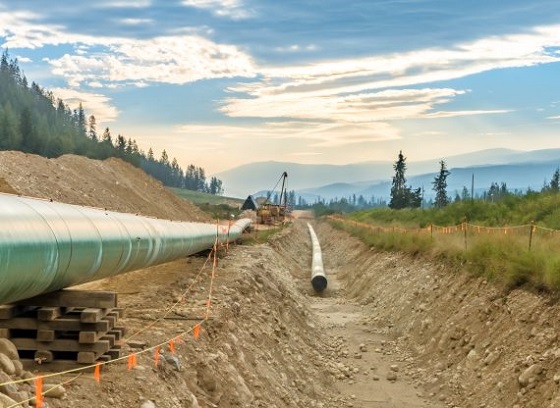
-
71 per cent of Canadians find the approval process too long.
-
67 per cent of Quebecers support the Marinvest Energy natural gas project.
“While there has always been a clear majority of Canadians supporting the development of new pipelines, it seems that the trade dispute has helped firm up this support,” says Gabriel Giguère, senior policy analyst at the MEI. “From coast to coast, Canadians appreciate the importance of the energy industry to our prosperity.”
Three-quarters of Canadians support constructing new pipelines to ports in Eastern Canada or British Columbia in order to diversify our export markets for oil and gas.
This proportion is 14 percentage points higher than it was last year, with the “strongly agree” category accounting for almost all of the increase.
For its part, Marinvest Energy’s natural gas pipeline and liquefaction plant project, in Quebec’s North Shore region, is supported by 67 per cent of Quebecers polled, who see it as a way to reduce European dependence on Russian natural gas.
Moreover, 54 per cent of Quebecers now say they support the development of the province’s own oil resources. This represents a six-point increase over last year.
“This year again, we see that this preconceived notion according to which Quebecers oppose energy development is false,” says Mr. Giguère. “Quebecers’ increased support for pipeline projects should signal to politicians that there is social acceptability, whatever certain lobby groups might think.”
It is also the case that seven in ten Canadians (71 per cent) think the approval process for major projects, including environmental assessments, is too long and should be reformed. In Quebec, 63 per cent are of this opinion.
The federal Bill C-5 and Quebec Bill 5 seem to respond to these concerns by trying to accelerate the approval of certain large projects selected by governments.
In July, the MEI recommended a revision of the assessment process in order to make it swift by default instead of creating a way to bypass it as Bill C-5 and Bill 5 do.
“Canadians understand that the burdensome assessment process undermines our prosperity and the creation of good, well-paid jobs,” says Mr. Giguère. “While the recent bills to accelerate projects of national interest are a step in the right direction, it would be better simply to reform the assessment process so that it works, rather than creating a workaround.”
A sample of 1,159 Canadians aged 18 and older were surveyed between November 27 and December 2, 2025. The results are accurate to within ± 3.5 percentage points, 19 times out of 20.
-

 Business1 day ago
Business1 day agoGeopolitics no longer drives oil prices the way it used to
-
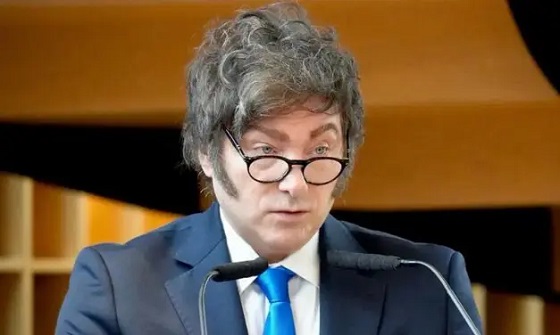
 Business24 hours ago
Business24 hours agoArgentina’s Milei delivers results free-market critics said wouldn’t work
-

 Alberta2 days ago
Alberta2 days agoAlberta’s new diagnostic policy appears to meet standard for Canada Health Act compliance
-
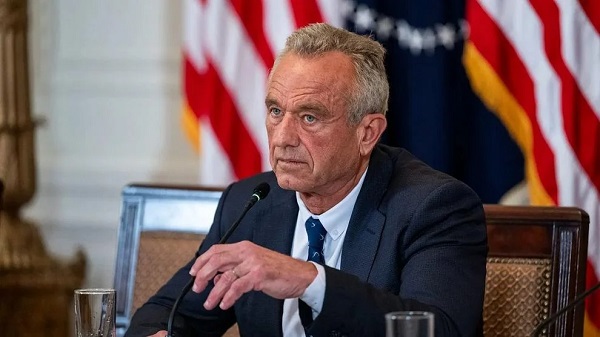
 Health2 days ago
Health2 days agoRFK Jr reversing Biden-era policies on gender transition care for minors
-

 Censorship Industrial Complex1 day ago
Censorship Industrial Complex1 day agoCanadian university censors free speech advocate who spoke out against Indigenous ‘mass grave’ hoax
-
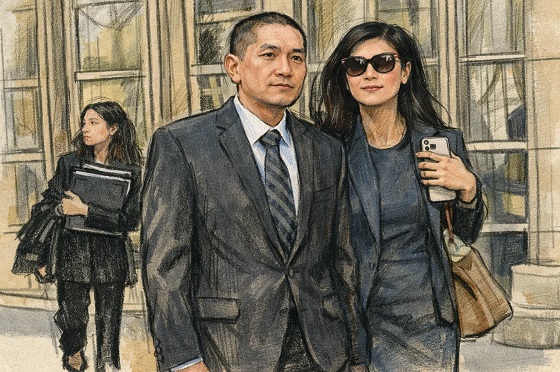
 Business23 hours ago
Business23 hours agoDeadlocked Jury Zeroes In on Alleged US$40 Million PPE Fraud in Linda Sun PRC Influence Case
-
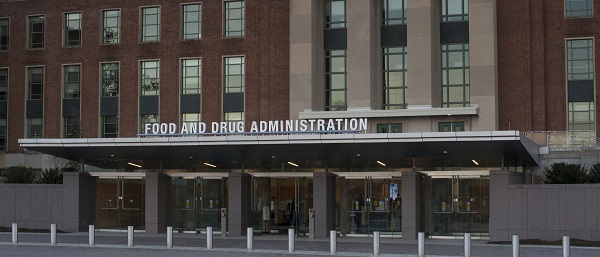
 Daily Caller1 day ago
Daily Caller1 day agoEx-FDA Commissioners Against Higher Vaccine Standards Took $6 Million From COVID Vaccine Makers
-

 COVID-191 day ago
COVID-191 day agoFreedom Convoy protester appeals after judge dismissed challenge to frozen bank accounts











